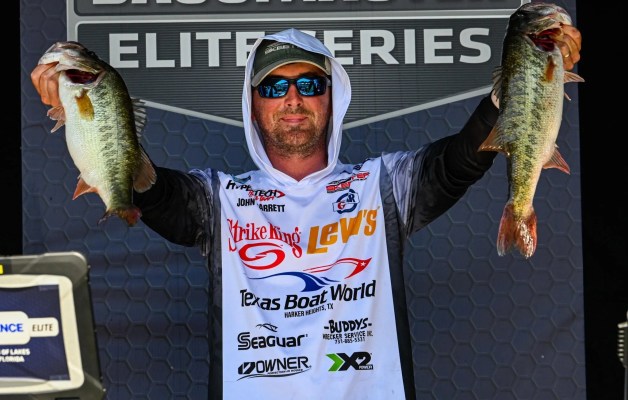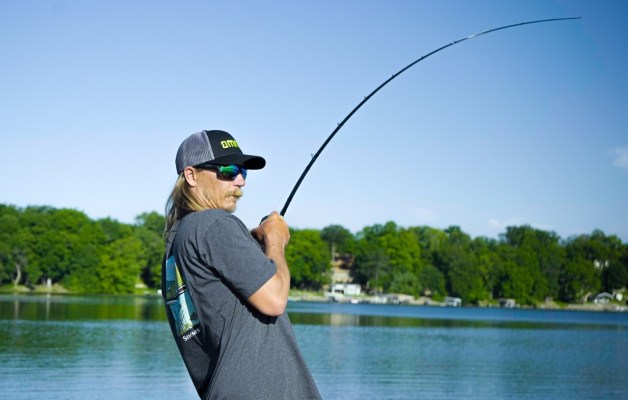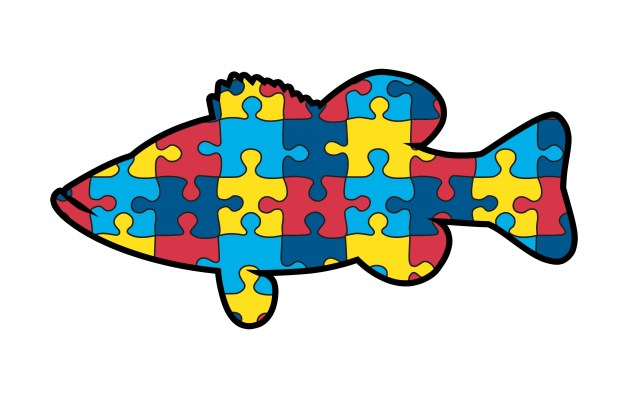
The term "deflection" gets thrown around a lot when anglers talk about fishing lures on the bottom or around cover.
Deflection is especially important when fishing crankbaits on the bottom but can be equally important when banging jigs or even spinnerbaits off logs and brush.
Most anglers understand the concept — you want the bait to bounce erratically off the cover or bottom to trigger a reactionary strike. The sudden change in movement signals a weakness in a bass' prey, and predators react quickly to those abrupt changes. Also, a bait hitting objects makes noise, kicks up mud, knocks silt off the wood and all of that can make a bass react.
However, the mistake some anglers make is they choose a crankbait that runs too deep to get the proper deflection. For example, they may throw a 20-foot running crankbait in 8 feet of water. That overkill can prohibit the action you're trying to achieve.
You want a crankbait that hits the bottom just before it achieves its maximum depth. That means you must have a complete understanding of your crankbaits and how they perform with various line sizes and casting distances. The lighter the line, the deeper the bait will run, and the farther you cast it, the deeper it goes.
If I'm fishing a 10-foot ledge, I'll use a crankbait that maxes out at 11 or 12 feet when matched to my line size.
For example, I know my Strike King Series 5 crankbait runs to 11 feet on 10-pound fluorocarbon line, to about 10 feet on 17-pound line, but only about 9 feet on 20-pound line.
Quality crankbaits can keep their action and still wobble and wiggle while contacting the bottom. Some crankbaits just slide, plow or lose their wiggle, so pick one that keeps that action.
There are times when I fish crankbaits in clear, deep water and there's nothing to hit. But in almost every circumstance I want that bait to get to the bottom or hit some type of cover.
Grass is different. That's when I want a crankbait that has enough wobble that the swing of the bait will help clear the grass and not plow through it.
I want my lipless crankbaits skipping along the bottom or catching pieces of grass and lurching through it.
There are times you want a bait deflecting harder than others. When fishing rocks, you're going to get a different deflection than you will with sand. And, if fishing fast through a treetop, a hard deflection will cause it to hang up more. Sometimes I hesitate the retrieve when I feel the bait deflect, but you have to let the fish tell you what they want.
Different bill shapes, line-tie placements and body styles control the wobble and deflection capabilities of each lure. Take time to study how your favorite crankbaits deflect off different types of objects and you'll get a better feel of which bait works best in each situation.





